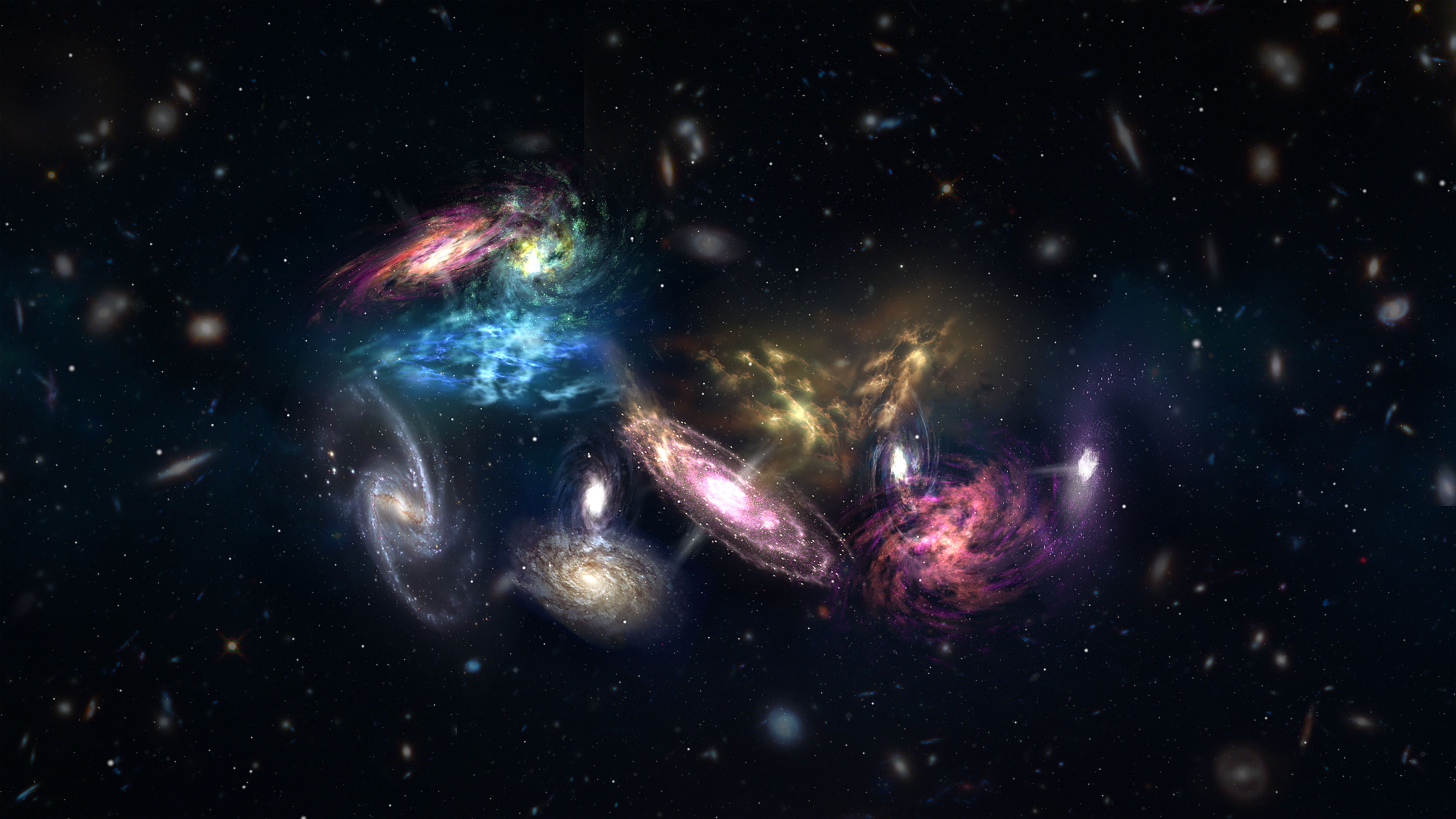Measurement of the Hubble Constant Using Different Methods

Question:
In a recent Vlog with Universe Today’s Fraiser Cain, Brian Koberlein described how differing methods of measuring the expansion of the universe were not converging to one value and instead were seemingly all different. I’m curious if anyone has tried checking the value of h for a mazer in, say, Galaxy Y — as an example — and then compared h to Type 1 SN from the same Galaxy Y. In the early days of establishing Type 1 SN as standard candles, I worked with a small team analyzing synchrotron radiation. In our work, we analyzed distributions of the data from supernovas to arrive at a best fit. I presume this is how h is determined from the mazer data? Instead of grouping all SN data together, and all mazer data together, maybe we need to pair or group mazer and SN data from a single galaxy together. If h is the same for Galaxy Y no matter how it’s determined, and then h is measured to be different in Galaxy Z regardless of method, it seems to me this would suggest that the expansion of space-time is non-uniform, or at the very least misunderstood by us.
Exciting times~!
Answer:
Your description of how the Hubble Constant is determined is generally correct. It is also true that different methods used to derive the Hubble Constant sometimes arrive at slightly different answers. The prevalent theory as to why different methods yield slightly different answers are unaccounted uncertainties or systematics in the individual techniques used.





